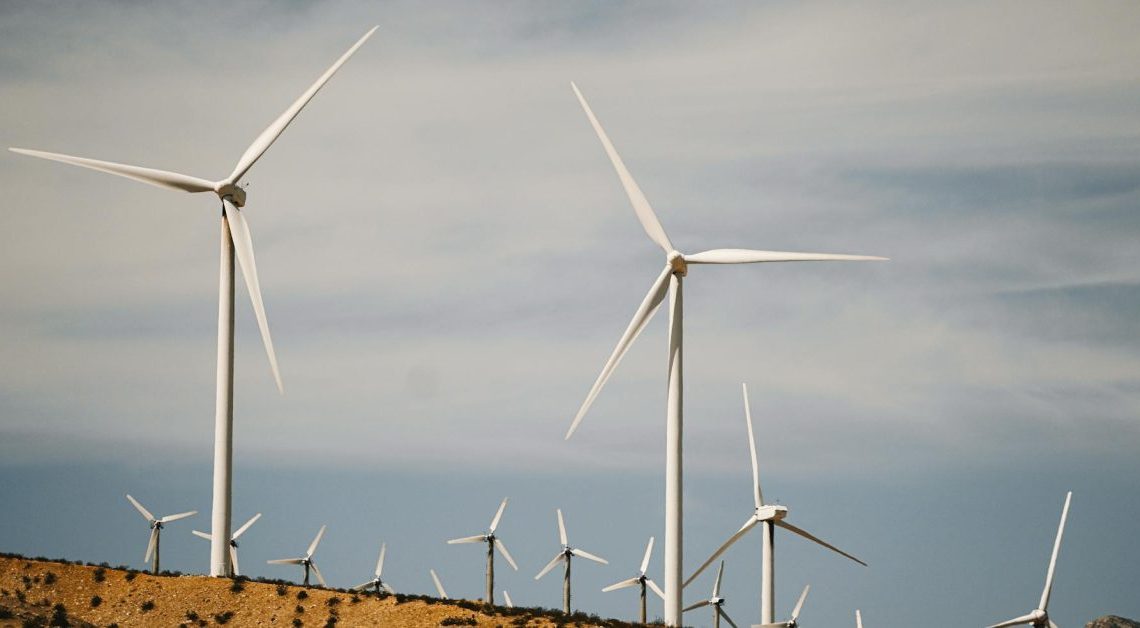
The global wind industry is going to hit some unprecedented growth milestones, according to Wood Mackenzie’s Global Wind Power Market Outlook for Q3 2025. The world is on track to add its second terawatt of wind capacity by 2030. To put that in perspective, it took 23 years to install the first terawatt, which was reached in 2023. The second will come in just seven.
Wind is also set for a record-breaking year in 2025. Global additions are expected to reach 170 gigawatts (GW), with more than 70 GW coming online in the last quarter of the year alone. That means Q4 could add more capacity than the total installed in any full year before 2020.
This forecast represents a 13% jump from the previous quarter, primarily driven by explosive onshore growth in China. Global wind capacity is expected to double from 2024 levels by 2032. Outside of China, the industry is also expanding, though on a slower path. Excluding China, the world will reach 1 terawatt in 2031 and double 2024 capacity by 2034.
However, policy uncertainty and the Trump administration’s hostility toward the wind industry, particularly offshore wind, are negatively impacting the US market. Trump’s big bill act (OBBBA), passed in July 2025, ends tax credits after 2027. That’s sparked a rush of projects in the short term, but it drags down the long-term outlook. For the first time, the US has fallen behind India and Germany in forecasted 10-year additions.
“China’s dominance in the wind industry is becoming more pronounced,” said Sasha Bond-Smith, research analyst at Wood Mackenzie. “While other established markets struggle with policy uncertainty and economic headwinds, we’re witnessing an unequalled concentration of growth in China that’s reshaping the industry landscape.”
China’s onshore forecast jumped this quarter thanks to rising electricity demand from data centers and electrification. Wind is proving more profitable than solar in liberalized power markets, but China’s offshore wind sector is facing challenges. Sea-use conflicts are slowing or even halting projects already under construction.
Despite those hurdles, Wood Mackenzie now projects that wind could match solar’s power output in China over the forecast period. That would cement wind’s central role in helping the country meet climate goals while keeping up with surging power demand.
Elsewhere, onshore wind remains steady across Europe, Asia Pacific, and emerging markets, with tender results and pipelines supporting progress. Offshore wind is struggling, though. High costs and failed tenders are creating setbacks in Europe and delays in emerging markets. Policymakers are under pressure to rethink contract structures to keep projects moving.
“The wind industry’s most significant transformation in decades continues to unfold,” said Kárys Prado, senior research analyst at Wood Mackenzie. “While achieving historic scale, success will depend on how effectively the industry navigates this new geography of growth and adapts to evolving policy landscapes.”
Read more: FERC: Solar + wind made up 91% of new US power generating capacity in H1 2025

Author: Michelle Lewis
Source: Electrek
Reviewed By: Editorial Team



